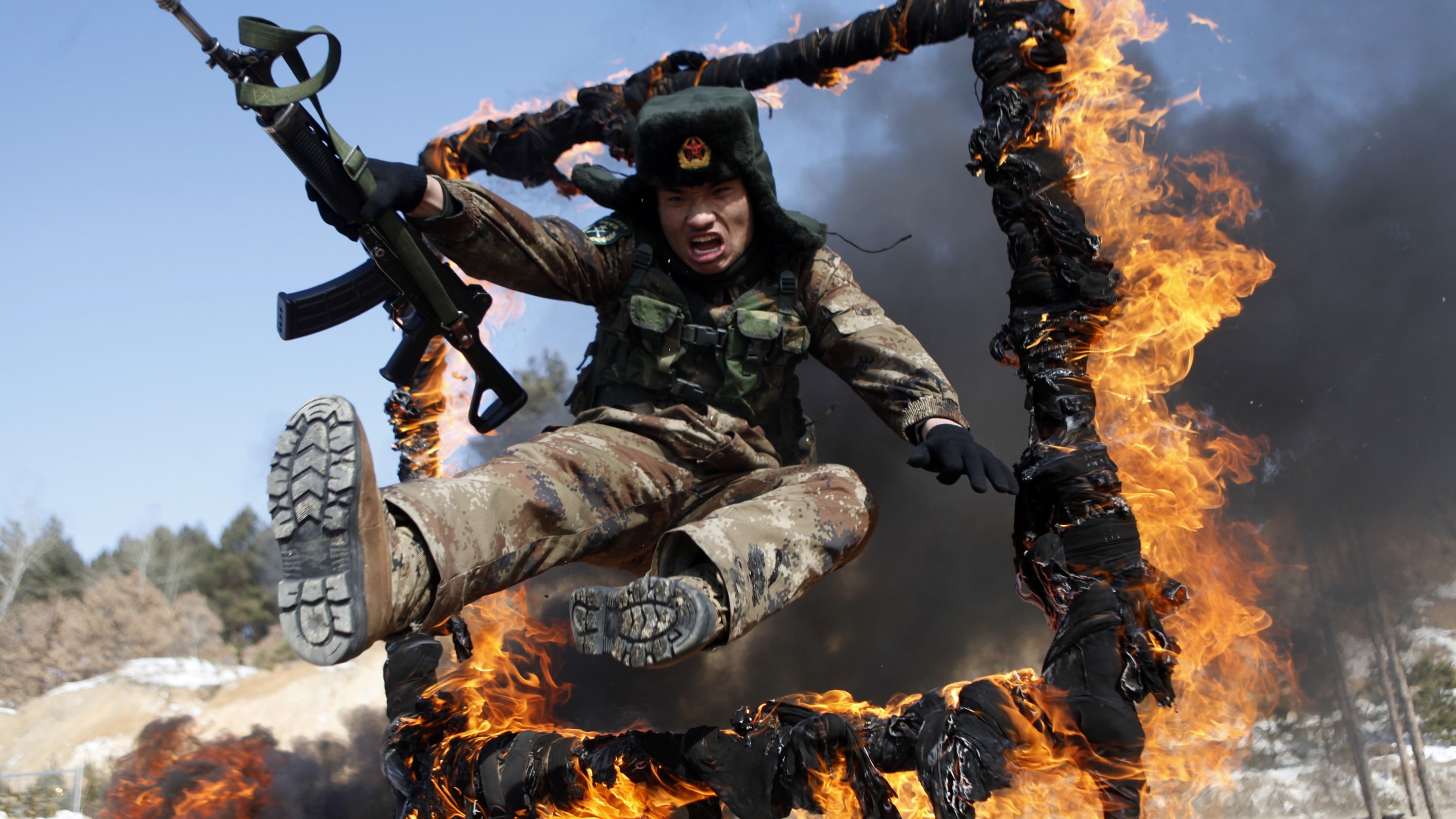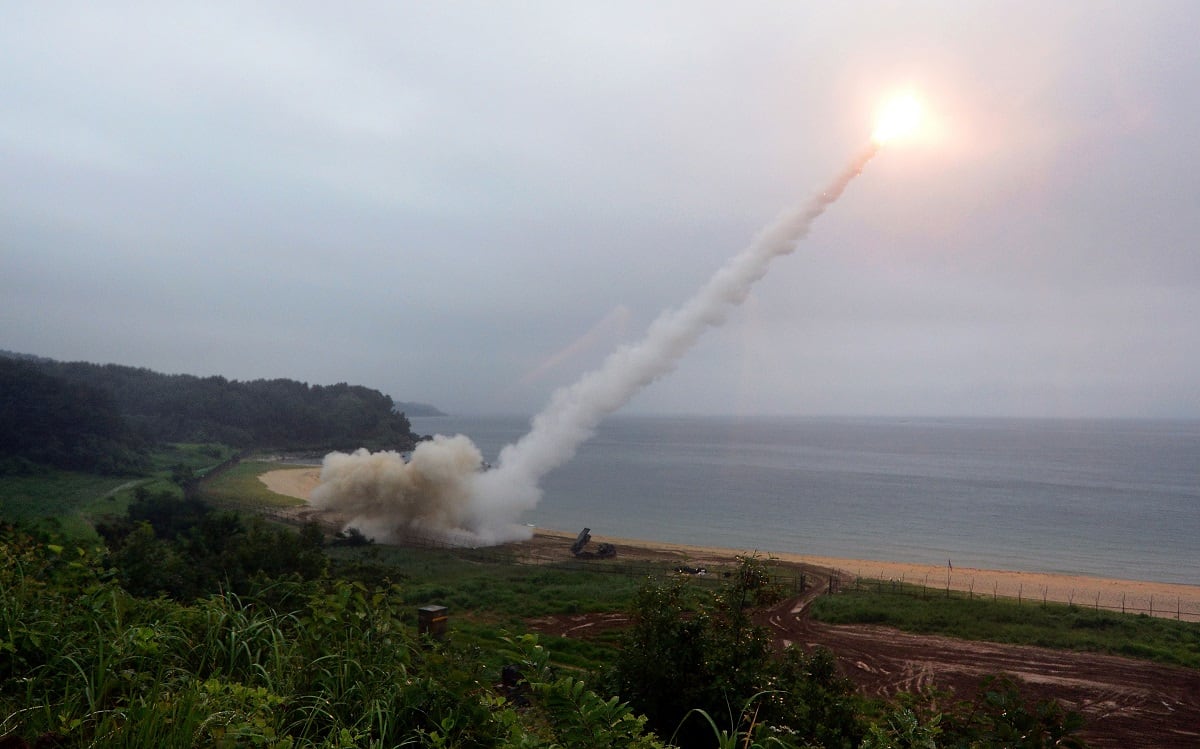Rehabilitating the Army’s long-range precision fires and missile defenses is key to circumventing Chinese area-denial weapons in the Pacific, the service’s acting secretary, Ryan McCarthy, said Thursday.
During his Senate hearing for the permanent Army secretary position, McCarthy also explained that the service is looking to add more artillery soldiers to the force in an effort to fill out fires units.
That branch has been severely neglected for nearly two decades, he acknowledged, with many artillerymen serving instead in infantry-type roles in Afghanistan and Iraq.
McCarthy also conceded to senators that the service’s missile defenses have “atrophied a great deal" over the past 18 years of counterinsurgency conflict. But now that the Intermediate-Range Nuclear Forces Treaty with Russia has ended, the Army has missile defense options that could be major game-changers.
For one thing, with the end of the INF Treaty, the service is able to develop conventional missiles that could possibly blunt a Chinese attack in the Pacific region, McCarthy said in response to questioning.
The replacement for the Army Tactical Missile System can now “have ranges in the upwards of 600 kilometers,” he said. Hypersonic glide body missiles could also potentially shift regional dynamics, he added.
“Within this suite, there are an array of capabilities that will change the geometry within Southeast Asia," McCarthy said. "And if we can get the appropriate partnerships, expeditionary basing rights with partners within the region, we can change the geometry and basically reverse anti-access, area-denial capabilities that have been invested by near-peer competitors.”
That comment came after Sen. Josh Hawley, R-Mo., asked McCarthy how the Army would help to “delay, degrade and deny a Chinese fait accompli against Taiwan.”
China has long held that the self-ruled island of Taiwan will eventually be brought under mainland governance, vowing military action to back that claim if necessary.
RELATED

“We’re also looking very hard within MOS end-strength to fill out more fires units,” McCarthy told Sen. Tom Cotton, R-Ark., during a round of questions.
Cotton, a former Army infantry officer, expressed concern that the service’s artillery branch has withered away over the course of the wars in the Middle East.
“When so many people were in the Army back in the 2000s, they saw many artillerymen conducting operations as dismounted infantrymen. That was a reflection of a strain on the force,” Cotton said. “It’s had lasting repercussions as our artillery units now have colonels who as lieutenants and captains were again driving around in Humvees conducting dismounted infantry operations.”

That issue wasn’t confined to officers. Sergeant Major of the Army Michael Grinston, for instance, was awarded two Bronze Stars with valor while deployed to Iraq with a field artillery unit that served as de-facto infantry for long stretches.
McCarthy said that the Army has changed around scenarios during home station training as well as training centers worldwide to deal with near-peer threat scenarios that artillerymen could face in the future.
Last year’s Rim of the Pacific exercises, or RIMPAC, saw the Army train to hit ships from shore using direct fires in degraded environments.
“We changed our investment strategy, obviously making long-range precision fires our number one priority,” McCarthy said. “So vast investment from our time, energy and training, as well the investment in material to bring tactical, operational, strategic fires back into the formations.”
But McCarthy cautioned that the service still hasn’t reached all of its goals, particularly in regard to missile defense.
“We are still short if we had to go to war tonight," he said.
Kyle Rempfer was an editor and reporter who has covered combat operations, criminal cases, foreign military assistance and training accidents. Before entering journalism, Kyle served in U.S. Air Force Special Tactics and deployed in 2014 to Paktika Province, Afghanistan, and Baghdad, Iraq.
